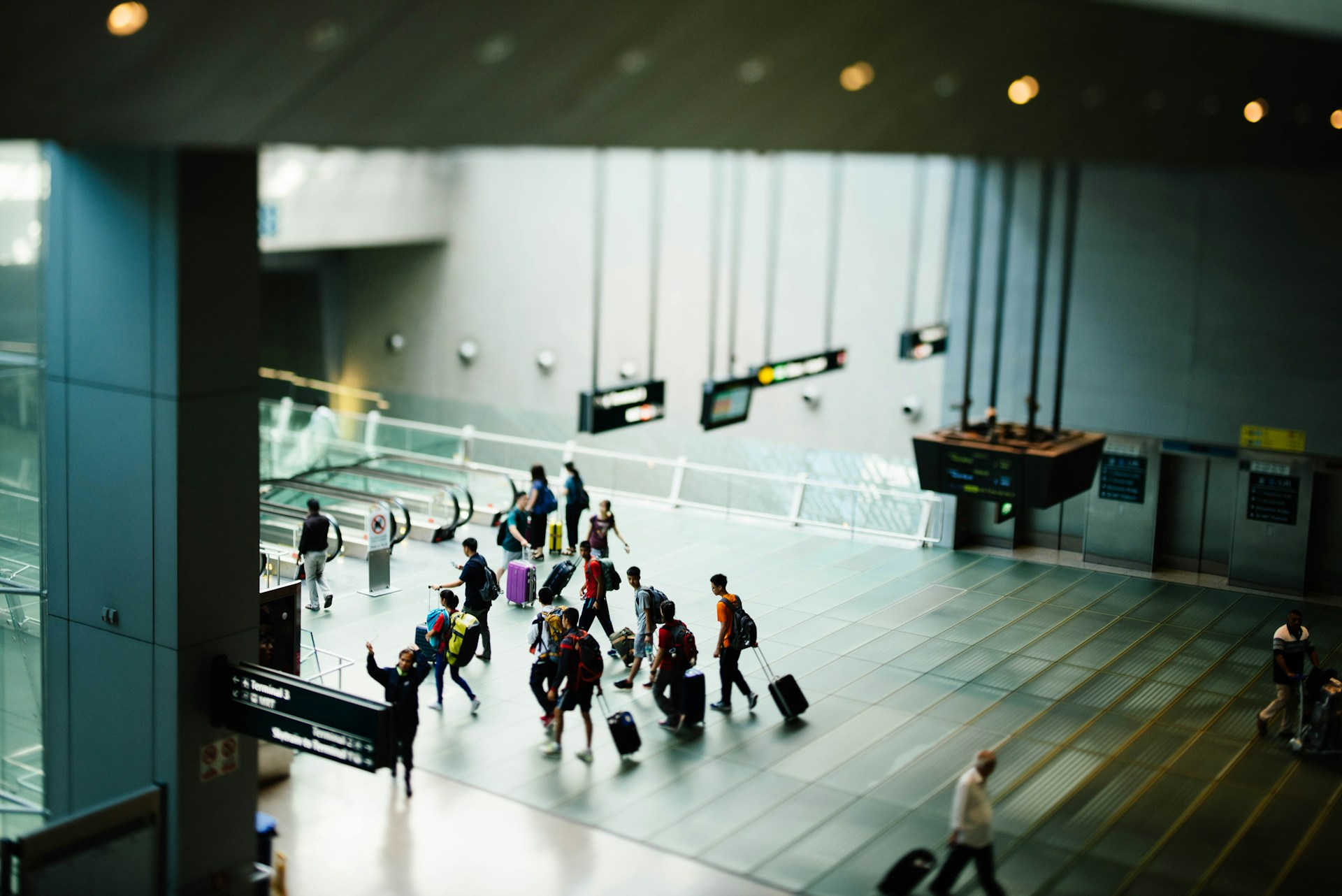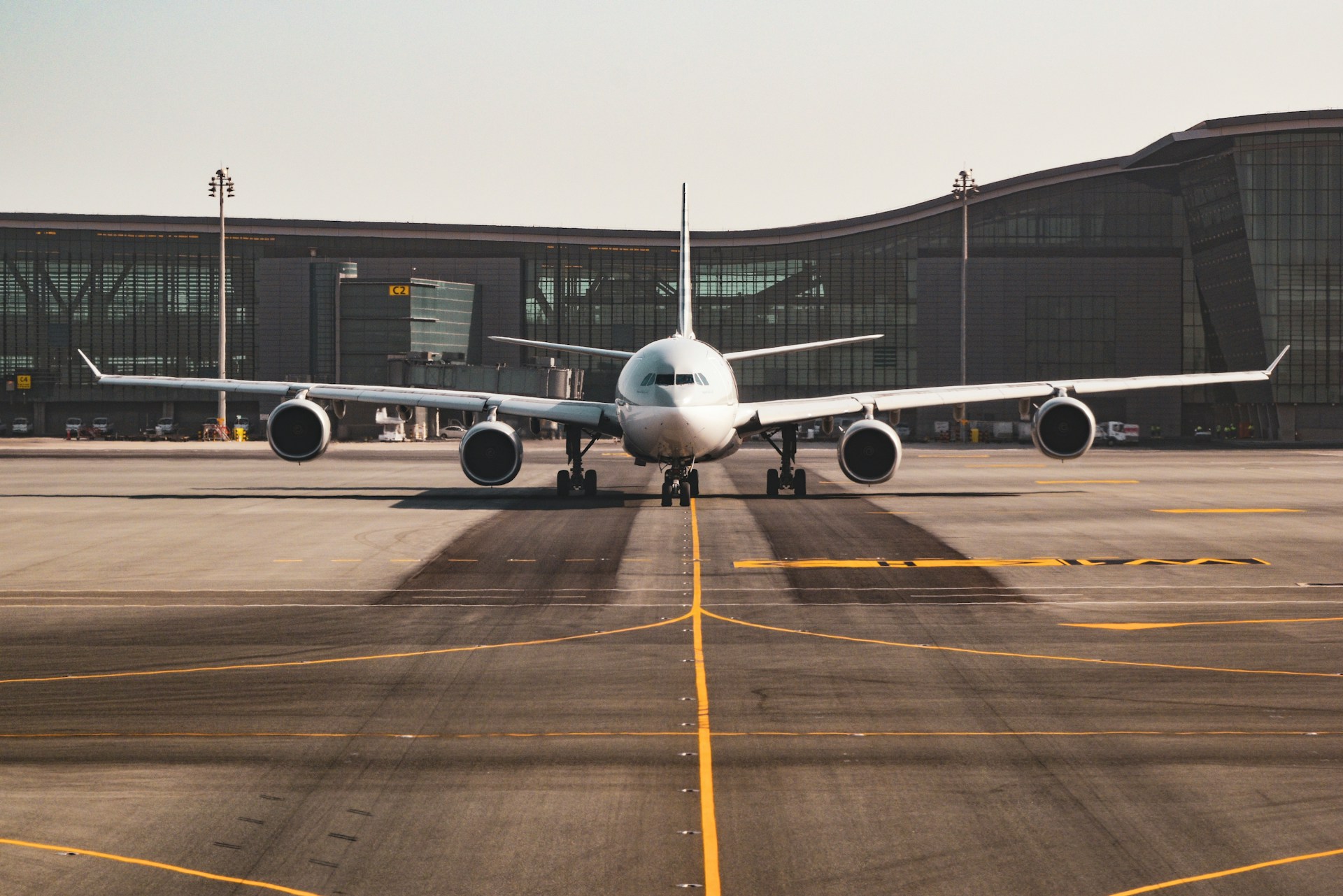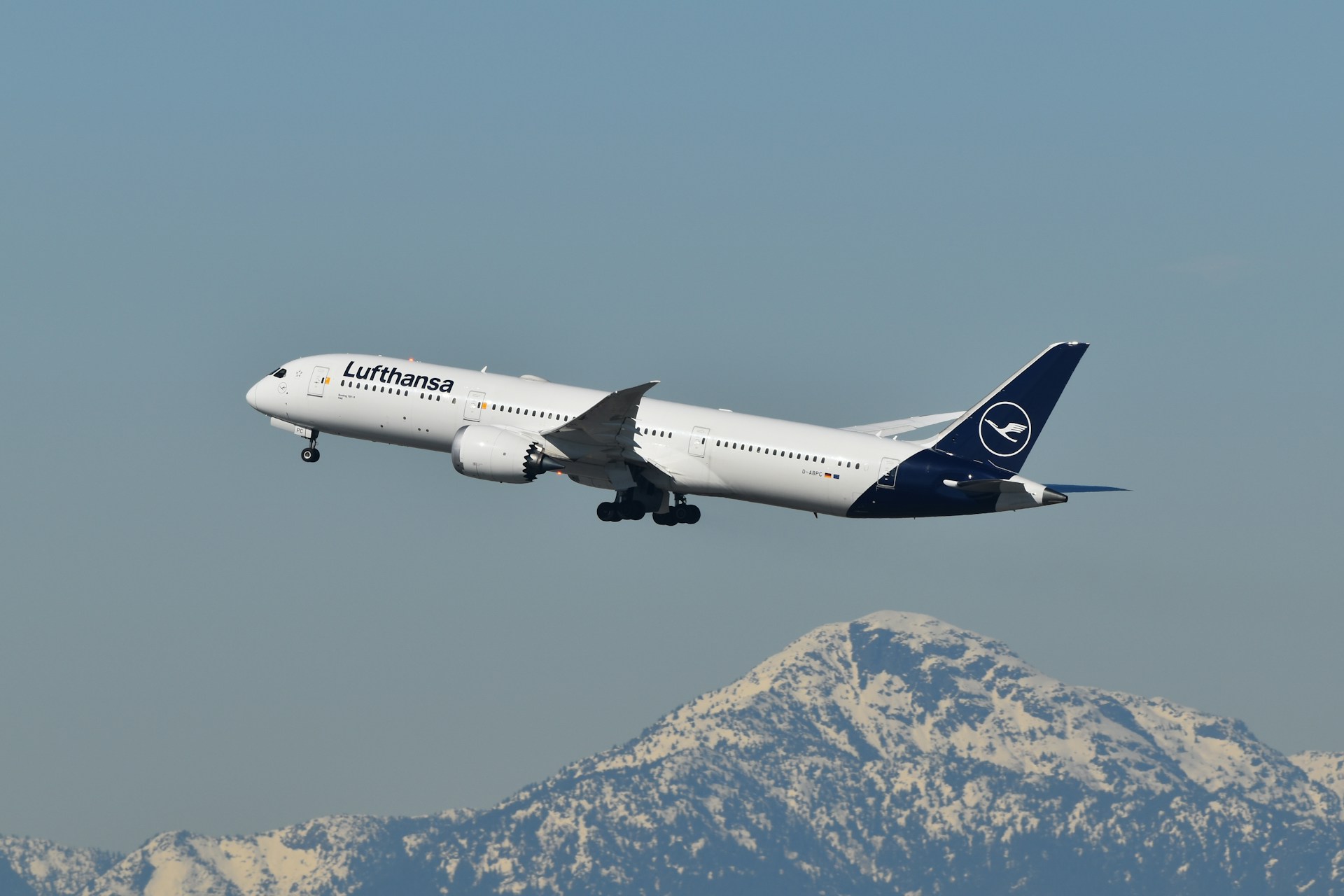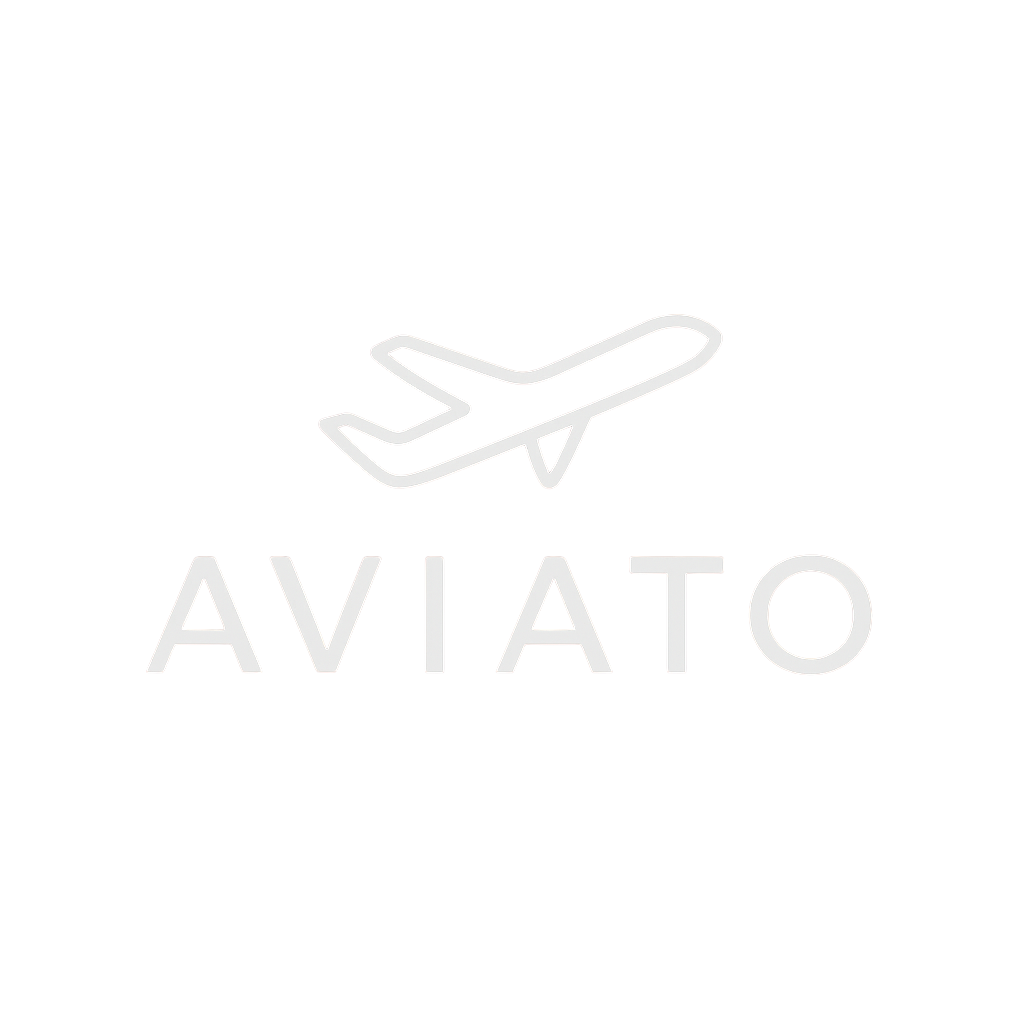How U.S. Government Shutdowns Threaten to Ground Aviation Efficiency
Key Takeaways
- Essential aviation workers, including air traffic controllers and TSA agents, are required to work without pay during shutdowns, often resulting in staffing shortages and operational slowdowns.
- The Federal Aviation Administration (FAA) halts non-essential functions such as aircraft certifications and safety inspections, delaying aircraft deliveries and new route approvals.
- Extended shutdowns can lead to measurable increases in flight delays, cancellations, and maintenance backlogs, straining an already fragile aviation infrastructure.
- Airlines face millions in daily financial losses from inefficiencies, crew reassignments, and reduced passenger confidence during prolonged government closures.
- TSA checkpoint delays worsen as unpaid agents call in sick, leading to long security lines and passenger frustration at major U.S. airports.
- The aviation sector often takes weeks to recover after a shutdown ends, as regulatory, staffing, and scheduling systems return to normal.
Air Traffic Control Faces Strain as Shutdowns Disrupt Operations
A U.S. government shutdown reverberates quickly through the nation’s air travel system. Air traffic controllers — classified as essential federal employees — must continue working without pay. While operations technically remain functional, morale and attendance can deteriorate as shutdowns extend.
During the 35-day shutdown of 2018–2019, air traffic control staffing fell sharply, forcing the FAA to implement ground delay programs at major airports including New York’s LaGuardia, Chicago O’Hare, and Atlanta Hartsfield-Jackson. These stopgap measures led to flight delays and cancellations that rippled across the entire network.
Aviation analysts warn that similar scenarios could repeat if another extended shutdown occurs. Even a 10% shortfall in controller staffing can reduce national airspace capacity by nearly 20%, significantly impacting airline schedules and increasing fuel burn as aircraft are held in holding patterns or rerouted around congested airspace.
FAA Halts Key Functions During Shutdowns
The FAA suspends most non-critical operations during a shutdown. While safety-critical oversight continues, other vital activities — such as aircraft certification, pilot licensing, and routine airline audits — are put on hold.
These suspensions carry economic consequences. Aircraft manufacturers like Boeing and Airbus face certification delays for new models and modifications, while airlines experience setbacks in fleet expansion plans. Carriers awaiting delivery of newly certified jets may need to lease temporary aircraft or adjust route networks, adding operational costs that can reach millions per week.
Additionally, halted safety inspections create regulatory bottlenecks once the government reopens. Inspectors must prioritize backlogs, potentially delaying new aircraft entries into service and routine maintenance approvals.

TSA Security Checkpoints Under Pressure
The Transportation Security Administration (TSA) experiences similar challenges during shutdowns. Agents remain on duty without pay, and absenteeism rates often surge as financial stress grows among staff.
During the last extended shutdown, major airports reported TSA callout rates above 10%, triple the normal rate. The resulting understaffing forced some airports to close security lanes or reallocate personnel, leading to hours-long wait times during peak travel periods.
Such bottlenecks not only inconvenience passengers but also cause airlines to delay or miss scheduled departures, compounding operational inefficiencies systemwide.
Financial Toll on Airlines and the Traveling Public
Shutdowns have a measurable financial impact on airlines, airports, and passengers alike. Major carriers can lose up to $15–20 million per day in combined operational and revenue disruptions, depending on the duration and timing of the shutdown.
Passengers face tangible costs too — from missed connections and rebooked itineraries to higher fares as capacity tightens. According to Airlines for America (A4A), the 2019 shutdown alone cost the U.S. airline industry nearly $1 billion in lost revenue and efficiency.
The disruption doesn’t end when the shutdown does. Airlines often need two to four weeks to recalibrate schedules, rebuild staffing rotations, and process delayed regulatory paperwork before operations fully normalize.
Safety Oversight and Infrastructure at Risk
While immediate flight safety remains intact — thanks to essential personnel who continue working — the broader aviation safety ecosystem becomes strained during extended shutdowns.
Training programs for new air traffic controllers, FAA technical upgrades, and infrastructure maintenance projects are all suspended. This creates long-term consequences, particularly as the U.S. grapples with an aging controller workforce and outdated radar technology awaiting modernization under the FAA’s delayed NextGen program.
Every suspended week compounds existing issues in a system already stretched thin by post-pandemic travel surges and persistent staffing shortages.
FAQs
How do government shutdowns affect flight delays and cancellations?
Shutdowns typically increase flight delays by 10–15% due to reduced controller staffing and TSA bottlenecks. Prolonged shutdowns often lead to cancelled flights as airspace capacity and airport operations degrade.
Are flights safe during a shutdown?
Yes. Essential safety personnel continue working. However, delays in certifications, inspections, and training may create systemic stress that affects long-term operational reliability.
Do airlines get reimbursed for shutdown losses?
No. Airlines absorb the costs associated with operational disruptions, fuel inefficiencies, and lost demand. There are no mechanisms for federal compensation.
How long does recovery take after a shutdown ends?
Full recovery typically takes 2–4 weeks, depending on shutdown length and severity. FAA functions, TSA staffing, and airline schedules must gradually ramp back to normal.
Can future shutdowns be prevented from affecting aviation?
Congress could reclassify aviation operations as exempt from appropriations lapses, ensuring continuous funding for essential air traffic and security functions. However, this would require legislative reform that has not yet gained bipartisan traction.
✈️ Bottom Line:
Government shutdowns may be political crises in Washington, but their real-world impact hits the nation’s airports first. From unpaid controllers to delayed aircraft certifications, every closure strains the aviation system’s safety net. Unless policymakers move to protect critical aviation funding, future shutdowns risk grounding not just planes — but confidence in America’s ability to keep its skies running smoothly.
.zip%20-%201.PNG)



